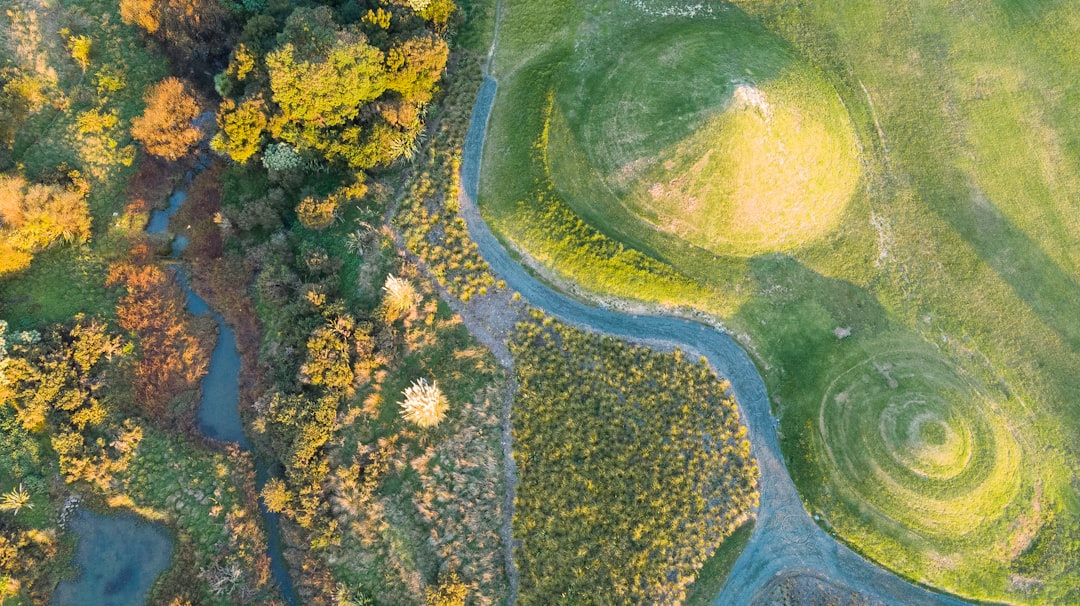What is it about?
Between the early 18th century and the mid-19th century the north-west of England was turned from a relatively impoverished backwater to one of the major industrialisation zones in the world. This is thus a key region for understanding the archaeology of the early stages of industrialisation. The area around Manchester was at the heart of this process, which was driven in this region by the mechanisation of the textile industry. The archaeological remains of this industrial transition are not only very extensive but also comparatively early when considered against the classic period of the Industrial Revolution; the decades either side of 1800. This paper discusses this early evidence and the results of a wide-ranging regional survey looking at the archaeology of industrialisation within the textile industry and the role of local tenant farmers in promoting industry in and around Manchester during the 18th century. It highlights a number of key sources of evidence for this period, provides a gazetteer of sites and suggests some future directions for archaeological research into the early industrialisation of this important region. The first part was published in Industrial Archaeology Review XXX.1.
Featured Image
Read the Original
This page is a summary of: The Archaeology of Industrialisation and the Textile Industry: The Example of Manchester and the South-western Pennine Uplands During the 18th Century (Part 2), Industrial Archaeology Review, November 2008, Taylor & Francis,
DOI: 10.1179/174581908x347300.
You can read the full text:
Contributors
The following have contributed to this page










